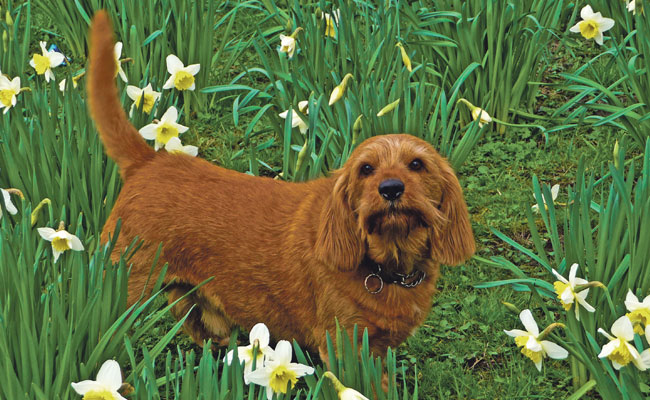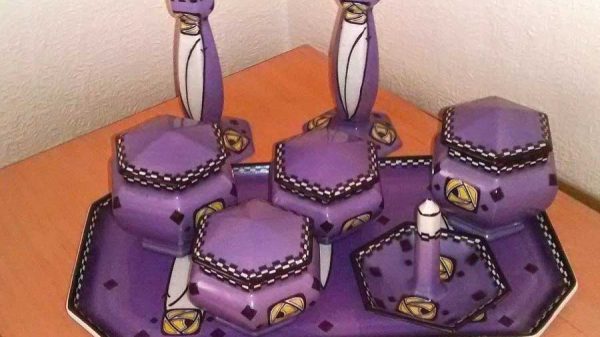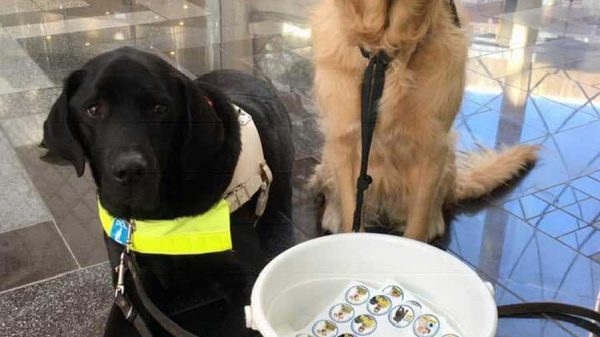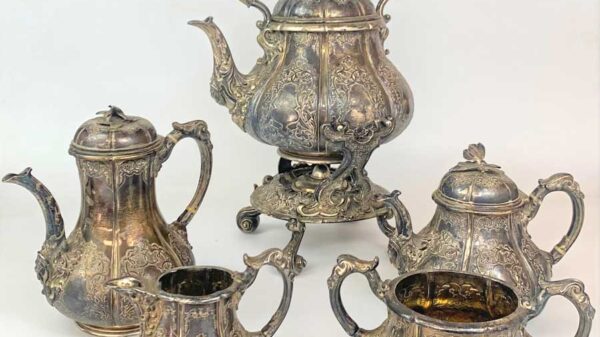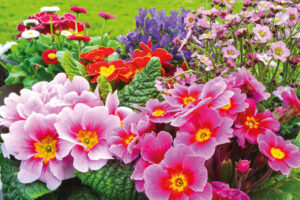−−− BY LINDA JENKINSON −−−
After a thorough account of a typical swift rehabbing year in my last article, I thought you might like a summary of what actually happened this year.
In May we received quite a few reports of dead swifts outside houses and there was a flurry of adult swifts with clavicular breaks all, we suspect, from trying to gain entrance to blocked nest sites; a typical injury after repeated attempts. There were more of these than usual which was very upsetting for us. Sadly, the swifts with broken bones had to be put to sleep as it isn’t possible for this injury to heal and become strong enough to support a swift’s life on the wing. Only 2 of the 8 adults brought to us were released back into the wild.
Overlapping this was the hardest summer I’ve ever experienced at the Swift Sanctuary. The hottest July temperatures on record saw huge numbers of swift chicks dropping out of nests with heat exhaustion and heat stroke, often lying for hours on hot pavements or tarmac. Many were too far gone by the time they arrived and died within a few hours but, thankfully, the majority survived and eventually thrived to fledging age. They were then set free to begin their journey to Africa.
At the peak, I housed 42 birds (swifts, swallows and martins) and worked about 17 hours each day to hand-feed each one roughly every 1-2 hours. It wasn’t possible to run any birdwatching classes during that time. In total, I took in 107 birds this season (compared to 61 last year) and 73% of them returned to the wild (75% last year). This year’s total included our best ever year for fostering swifts into natural nests with webcams. We have to tick a lot of boxes to enable us to do this but everything was in our favour this year. Most of the nests had 2 chicks (the maximum is 3), there were plenty of insects because of the wonderful weather and the chicks we received and stabilised were all the same age as the chicks in the nests. These chicks all fledged naturally.
Now that I have flown my last house martin and swallow chick, I’ll be having a short rest then it’s back to birdwatching classes. The lengthy spell of great weather has provided an excellent season for passerines, small perching birds, with many species producing two broods so there’s plenty out there to see.

Sadly, a second spike of bird flu cases in larger birds has had the opposite effect with many favourites such as puffins, gannets, terns and kittiwakes suffering huge losses this season. Apart from the obvious demise of the current adult breeding population, this season’s outbreak will have a catastrophic knock-on effect on future generations and the population as a whole. In the case of gannets, the adults pair for life and are expected to live between 20-30 years. Their untimely death is a great loss. In addition, the loss of the single chick they expect to rear each year will deplete the population even more 5 years hence when young birds become sexually mature. It’s hard to know how small passerines have been affected by bird flu during the breeding season as any sick or injured birds will have been predated by larger birds or mammals before they’re seen by us. As they produce more young which reach breeding age by next spring, hopefully the effect will be minimal.
I’m looking forward to teaching again this month so look out for my action-packed programme of events which includes both indoor and outdoor classes and a 3-day tour of North Norfolk.
Linda Jenkinson teaches people about birds in and around Leeds. For details of classes email linda@startbirding.co.uk or call 07778 768719. Visit www.startbirding.co.uk or Start Birding on Facebook and Twitter

